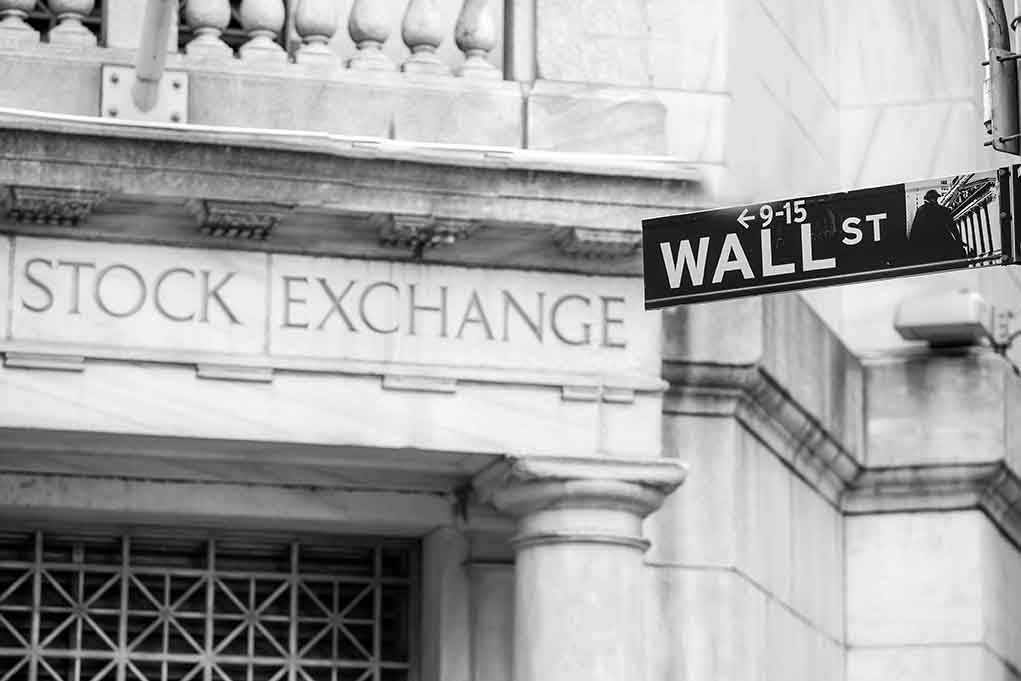
Few realize the Great Recession’s roots reach far deeper than subprime mortgages—its enduring scars on our economy and society are still unfolding in ways most Americans never imagined.
Story Snapshot
- Systemic vulnerabilities and regulatory failures set the stage for crisis long before housing prices collapsed.
- Lasting impacts include persistent economic inequality, stunted labor market recovery, and rising political polarization.
- The global nature of the meltdown exposed cross-border risks and shaped regulatory reforms worldwide.
- Debate continues over whether post-crisis reforms truly fixed the financial system or simply papered over its cracks.
The Anatomy of a Downfall: Far More Than Subprime
Low interest rates and financial deregulation in the early 2000s primed the U.S. economy for instability, encouraging a surge in risky lending and complex financial products. The expansion of subprime mortgages and the rise of mortgage-backed securities didn’t happen in isolation—shadow banking and global capital flows fed a housing bubble that, when punctured, sent shockwaves across continents. Regulatory agencies, fragmented and often beholden to industry interests, failed to recognize mounting systemic risks. The housing market peaked in 2005–2006, but it was the slow-motion collision of global and domestic financial forces that guaranteed the wreck would be historic.
Financial institutions, from Lehman Brothers to AIG, sought profit in a climate of innovation and risk-taking, while policymakers, eager to promote homeownership, overlooked the hazards brewing beneath the surface. As defaults surged and asset prices tumbled in 2007, the intertwined fates of borrowers, investors, and lenders became clear: no one was immune. By late 2008, the collapse of major banks and the freeze of global credit markets forced unprecedented government intervention, including bailouts and emergency monetary policy. The crisis revealed how interconnected and fragile the financial system had become, with consequences rippling through every sector of the economy.
Enduring Effects: Inequality, Labor, and Trust in Ruins
The aftermath of the Great Recession reached far beyond GDP statistics. Millions lost jobs and homes, especially in low- and middle-income communities, with minorities hit hardest. Labor force participation never fully rebounded, and young workers faced delayed entry into the market, setting back lifetime earnings. Wealth gaps widened as asset values recovered unevenly, leaving many households permanently behind. The shift toward gig and precarious employment accelerated, undermining economic security for a generation. Politically, the crisis eroded trust in both financial institutions and government, fueling populist movements and skepticism toward globalization.
Regulatory reforms, such as the Dodd-Frank Act, aimed to shore up the system, but debate rages over their effectiveness. Central banks have kept interest rates low and monetary policy unconventional, shaping today’s financial landscape. The pandemic of the 2020s triggered a new crisis, but responses were informed by hard lessons from the Great Recession. Still, public debt has soared, and the long-term consequences of crisis-era policies remain a subject of fierce discussion among economists and lawmakers.
A Global Crisis and Its Lingering Lessons
The recession was not confined to U.S. borders. European banks and investors holding American mortgage-backed securities suffered massive losses, while emerging markets, less exposed, rebounded faster. The uneven recovery highlighted vulnerabilities in advanced economies and sparked a reevaluation of regulatory oversight worldwide. Industry consolidation and tighter lending standards have reshaped the financial sector, but critics argue that the core issues of risk-taking and insufficient oversight persist. The fragility of global finance is still evident, with new threats emerging from technological change, climate risk, and geopolitical tensions.
Experts remain divided over the relative importance of monetary policy versus regulatory failure. Some blame loose money for inflating the bubble, while others point to the unchecked growth of shadow banking. The effectiveness of bailouts and stimulus is hotly contested, as is the question of whether reforms truly protect against future crises. What is clear: the Great Recession redefined economic policy, exposed deep fault lines in society, and left a legacy of uncertainty that continues to shape debates over inequality, regulation, and the role of government.
Sources:
Great Recession Lesson | Study.com
US Financial Crisis Timeline | CFR
Great Recession and Its Aftermath | Federal Reserve History

